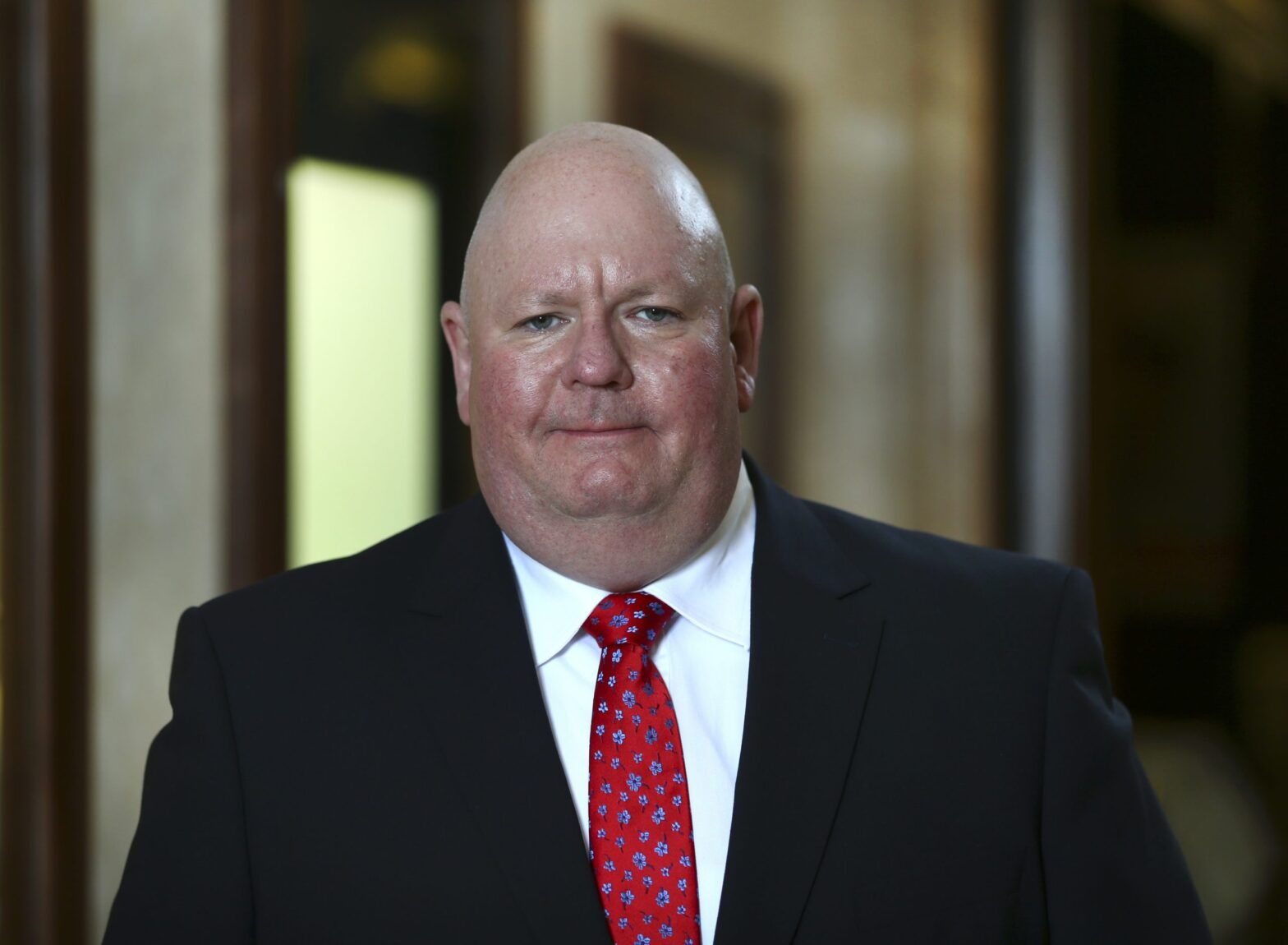The past few months have shown that discussions about what can be considered as a sustainable investment and how ESG criteria should be integrated in portfolio management processes are often driven by convictions and beliefs instead of setting a focus on the practicality of these measures.
Such a discussion may lead to a point where no action will be taken at all. It may seem better to do nothing than to disappoint one or the other side since this would fuel an even tougher discussion, especially when there is a lack of common definitions and standards.
Don’t get me wrong, we should have difficult debates around contentious topics, but the fund industry, investors, regulators, governments, and other stakeholders also need to find practical solutions that can be implemented fast and suit the needs of most stakeholders to drive up the acceptance of sustainable investment products.
Such a practical approach might be far from perfect, but possible mistakes can be corrected over time. This may mean the participants involved in the decision-making processes might need to become more open-minded and listen to arguments that are not in line with their convictions and beliefs, as this is the only way to find a common ground.
Nuclear debate
A good example of this is the integration of nuclear power and gas as “green” bridging technologies within the regulatory technical standards (RTS) required under the Sustainable Finance Disclosure Regulation (SFDR).
Obviously both technologies are not considered as sustainable by the majority of investors, but as corporates and inhabitants in the EU need a safe and affordable supply with electricity, the EU Commission and the EU Parliament had to find a trade-off between their ambiguous goals around announced climate targets and the well-being of their inhabitants.
See also: – Gas and nuclear pass EU parliament vote for taxonomy inclusion
The discussion about the inclusion of these two technologies as “green” within SFDR was led with hard bandages as some local state governments threatened the EU Commission and the parliament with a possible legal action against the classification of these technologies as “green.” Finally, however, a majority of the MEPs voted for the proposed draft and it passed the EU Parliament.
Unsurprisingly, some investors and activists’ groups raised their concerns about this. Some asset managers reacted to the integration of nuclear power and gas as “green” into the RTS with a clear statement that they will not invest in companies from the respective sectors. This decision clearly shows that any asset managers can extend the regulatory guidelines to fulfill their corporate sustainable investment objectives.
This is exactly the way the investment industry and its stakeholders should tackle issues such as this. Just because these technologies have been approved as “green” does not mean asset managers and investors must integrate companies with exposure to these respective sectors into their portfolios.
More generally, an open-minded discussion would make it much easier for asset managers and investors to create sustainable portfolios that suit their needs. This would also require that asset managers communicate clearly which ESG factors and criteria they take into consideration and how these are integrated within the portfolio management process on a voluntary basis to prevent so-called greenwashing.








